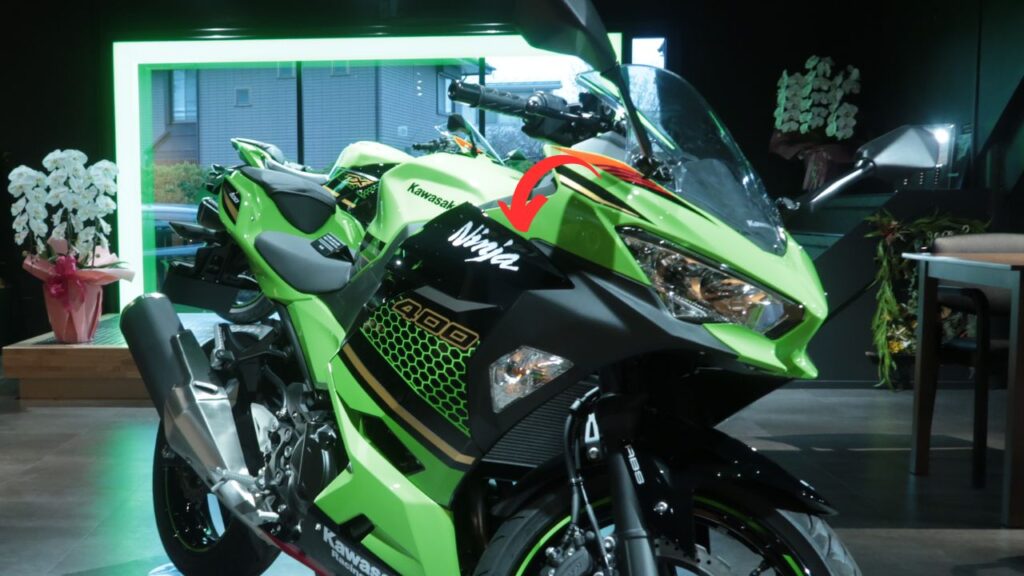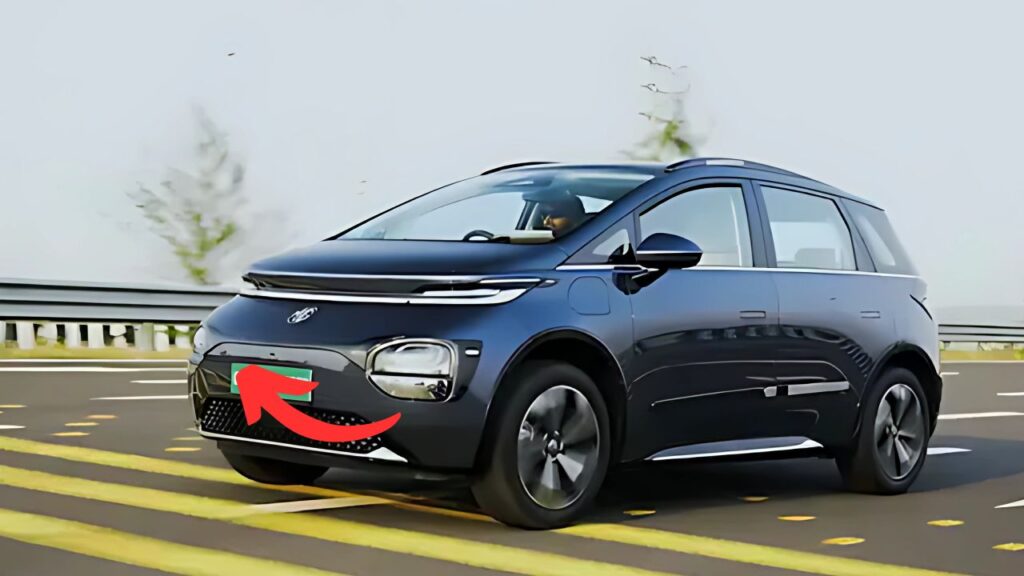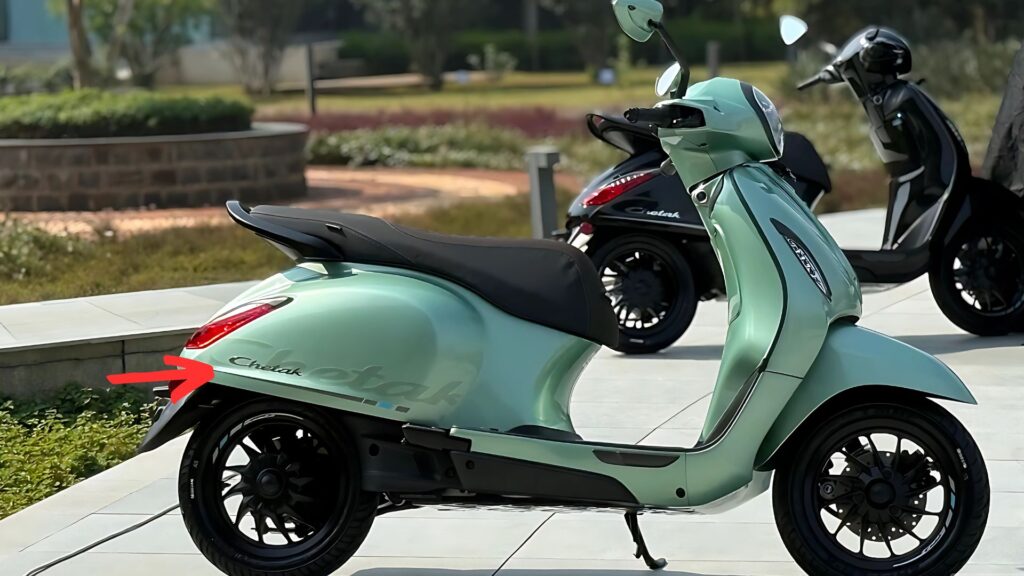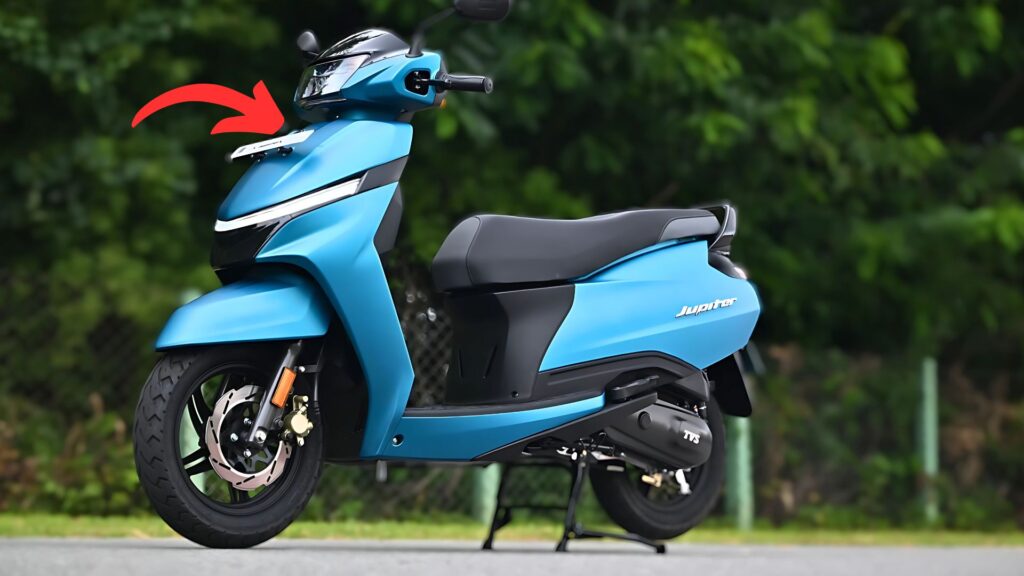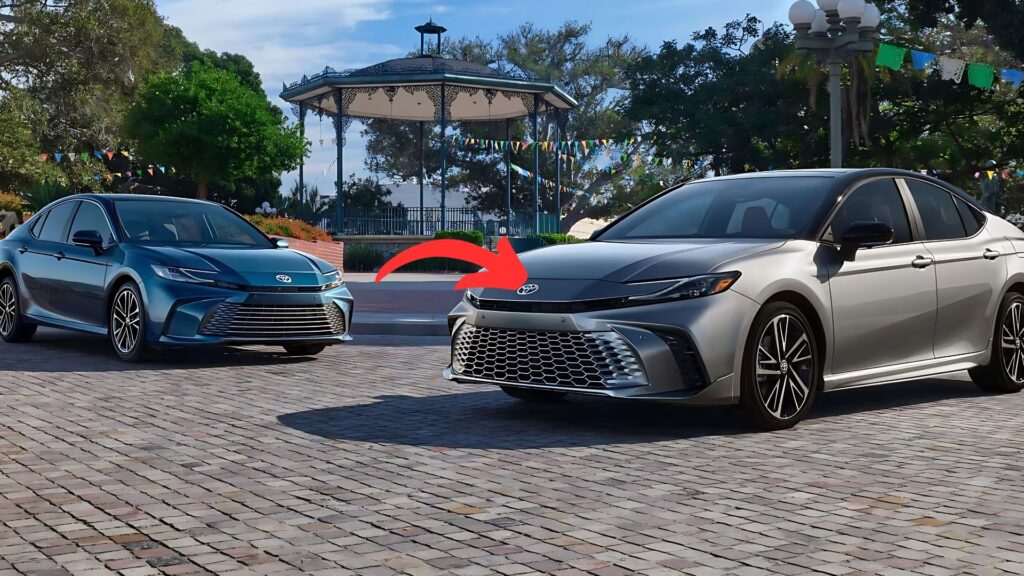Yamaha RX 100: The Yamaha RX 100 is still the most legendary motorcycle in the history of Indian motorcyleing.
Made between 1985 to 1996 this bug eyed, two-stroke tamable was so much more than a method of transport; it became a cultural icon, its memory entrenched in nostalgia passionate enough to defy its production ceasing over two decades ago.
With a unique exhaust note, a spirited ride, and a minimalist design, the RX 100 has left a lasting legacy, considering the short duration for which the bike was made and the humble specification it had.
Table of Contents
History And Technical Specifications
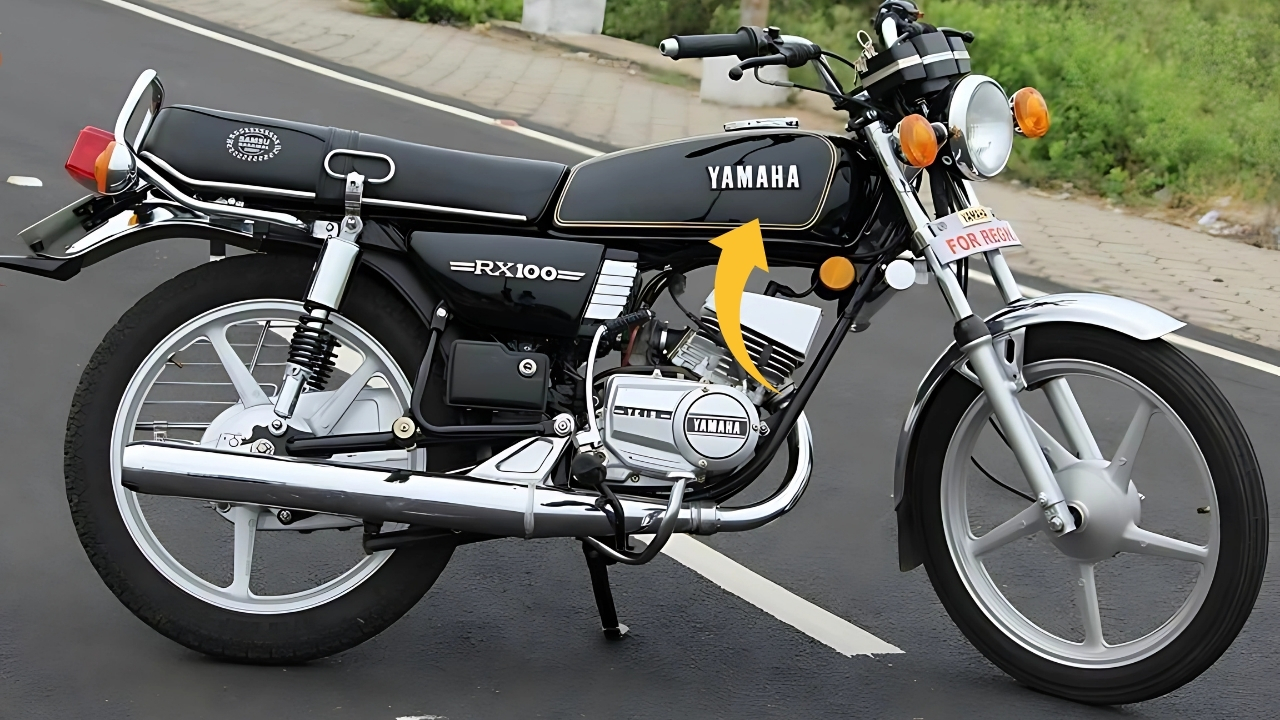
It was the first performance-oriented motorcycle from Yamaha in India and was released in association with Escorts Group, following the launch of the latter’s Rajdoot 350 in 1980 It was in a period of the early 1980s, when the Indian bike market was all about fuel efficiency and the motorcycle’s power was of least concerning matter.
Derived from the international Yamaha RS100, the bike was localised for Indian use, all the while retaining the soul of what made the platform a success internationally.
At its core had been a ninety eight cc, single-cylinder, air-cooled, -stroke engine creating 11 bhp at 7,500 rpm and 10.39 nm at six,500 rpm.
Although such numbers may sound humble by today’s standards they drove a motorcycle weighing a mere 103kg giving a power/weight ratio that meant performance was very much with a capital P.
The unique personality of the engine derived from its porting and ignition map that combined to not only give it the fruity exhaust note but also the violent mid-range when it made the motorcycle what it was.
The four-speed constant mesh gearbox was well geared to make the most of the peaky powerband and the bike felt much faster when riding it than 175cc would otherwise imply.
Functional Minimalism Unlike other crust cutters that feature unnecessary flare, the design is more, well…less.
Functional minimalism also characterised Ondatropica’s album sleeve The RX 100 where decoration was simply dropped for the sake of purposeful simplicity.
The small fuel tank with the tall and prominent Yamaha badge, single-piece seat with a flat profile and the simple side panels delivers a beautiful unified look and feel that’s stood the test of extended time.
The contrast between the chrome elements – such as the headlamp housing, exhaust and other small details including the side panels – stood as aesthetic teasers to the overall black frame and the engine.
This limited use of brightwork provided the motorcycle with a high-end look, without being overly ornamented.
The riding position was right between sporty and comfy, with feet just a bit rearwardly set and a natural reach to the bars.
This neutral ergonomic triangle made the machine friendly to riders of different shapes and sizes, yet also involved in the tactile feedback of a sporting machine.
The Ride Experience: The Heart of Its Attraction
That’s not what set the RX 100 apart, though. The direct throttle response, the typical two-stroke surge of power, the feeling of flickable lightness, the connection from butt to bars to tyres, are the things that brought visceral excitement and that is the standard every enthusiast motorcycle in this country is assessed against.
It accelerated well from a standstill, however its mid-range power delivery was what most impressed me. Later on, at about 5,000 revs, the power curve went vertical and it felt as though the bike finally ‘came on the pipe’ – a two-strokey feeling modern four-stroke can’t quite mimic despite their objectivity being better in every way.
Agility, with a light weight chassis that utilized a single front down tube, and a telescopic front fork, would tempt any rider into taking a corner with a degree of abandon.
The spindly 18-inch wheels and skinny tires (2.50 front, 2.75 rear) demanded input from riders, but gave back strong responsiveness and feel—factors that increased rider skills and confidence.
It was stopped by 130mm drum brakes at both ends. They may have been small by today’s standards but they were satisfactory when matched to the bike’s 158 kilogram weight and road conditions of the day.
The front disc brake had fair initial bite, but the assisted of gage the front and rear brakes together for maximum stopping power for clutched one.
Influence and fan community
The RX 100’s legacy was much greater than its mere sales. It became the defining performance motorcycle for a generation of young Indian riders, showing up in movies, songs and popular culture as a sign of youthful rebellion and freedom.
It was accessible, and maybe the first “fast” motorcycle many had ever ridden, which made for an emotional connection that still sticks around 40 years later.
That influence has manifested in a superbly,durable enthusiast community. The RX 100 restoration is a subculture of Indian motorcycling today, with its own dedicated experts, parts networks and social media groups, obsessed with keeping these machines alive.
Good examples fetch many times their original price, and perfectly restored examples go for top dollar—more than many late-model motorcycles.
Annual meets and rides conducted exclusively for RX 100 owners happens from one corner of the nation to the other where owners come together to enjoy riding with similar souls separated by decades but united by the love for a cult bike.
However, such meets frequently showcase lovingly-restored stock examples alongside modified models that have been worked on to yield even better performance, mirroring how enthusiasts choose to celebrate the model in different ways.
Legacy and Market Impact
The legacy of the RX 100 is not all just about nostalgia – it is perhaps one motorcycle that has played a significant role in creating an understanding of performance motorcycling in the Indian motorcycle market.
The model proved that if given the chance, Indian riders would prioritize performance and identity over utility, and the result shaped product planning throughout the industry.
Even modern motorcycles such as the Yamaha R15, the KTM Duke series or even some of Royal Enfield’s more recent motorcycles owe a conceptual debt to the market in-roads paved by the RX 100.
These modern machines value what they feel like to ride and look at, as well as practical considerations – a combination Yamaha had struck with the RX 100 many years ago.
Yamaha themselves have seriously studied resurrecting the RX name, such is the lack of brand equity sitting with it.
But with today’s emission standards there is no direct two-stroke successor, and the onslaught of technology required to make the two-stroke clean—cleansed of its feathery, top-end, on-the-pipe metallicness—proves impossible to pin down, at least in a way that will seduce a new generation of riders.
Yamaha RX 100:
It’s a symbol that transcends mere vehicular success and the RX 100 and it’s sidebar – the RX 135, made it possible for an entire generation to know and understand what motorcycling joy really means.
With performance that is easy to access, good character and easy serviceability, the brand provided the perfect platform for motorcycling enthusiasts in the country.
With modern motorcycles getting more electronic rider aids, advanced engine management systems and other tech, the pure mechanical connection of the RX 100, becomes valuable to those who experienced it.
This simplicity of purpose, more than any set of numbers about performance, may be responsible for why a modest 98cc two-stroke still seems to inspire such devotion so many years after it stopped being made.




